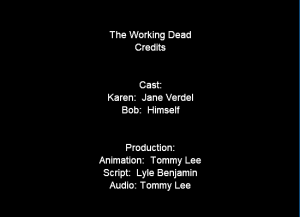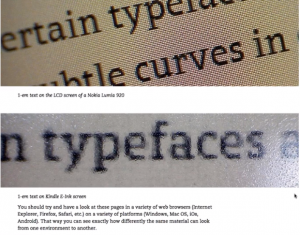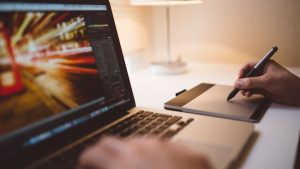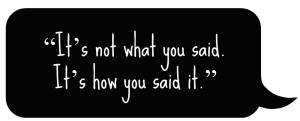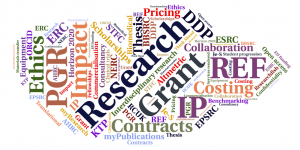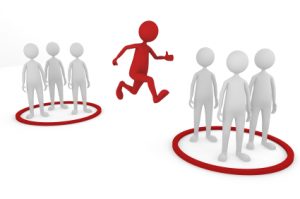An event that I attended was a job fair that took place in Queens. For one day, I went with Lyle and another intern to a job fair in Queens where we were trying to get more interns as well as meet other companies. We had our own table and we had to talk to many individuals about the company and the goal of the company. Lyle did most of the mini interviews in the beginning to show us what to do, to give us an example. Afterwards, Lyle left the table to talk to the companies who were also recruiting around us to network and possibly find new collaborators for future projects for the company. While he was away, me and the other intern had to do the interviews/briefing to people who were interested. This whole process lasted for around 3 hours until we left the fair to return to the office. The fair was rather interesting because just a few months ago, I was in the other position; the one getting interviewed for the job. This experience allowed me to get familiar with interviews. However, I was still nervous even though I was the interviewing them instead.
Lyle Benjamin would be considered a mentor for me because he has taught me a lot throughout the intern process of 3 months. He had experience in many fields such as law, game design, graphic design, vet, and much more. He took his time to teach me how a real graphic design job works and mistakes I did that is bad for working environment. Lyle has also taught me stuff unrelated to work etiquette, he also gave me tips for life styles. He taught me to sleep facing up rather than facing down so I don’t get neck injuries. He taught me to speak louder and clearer because it makes me more confident and because public speaking is a required skill especially for the creative field where we have to present our ideas and projects. I was able to learn a lot of stuff from Lyle and Lyle was really supportive throughout the internship. Even though sometimes he would get really fired up by my mistakes and yell at me for making the same mistakes so often, he was doing it so I will correct it so I won’t do it when I find an actual job. Lyle also pushed me forward to make me change, change my personality and also push me forward to learn new things and new skills for my future.



